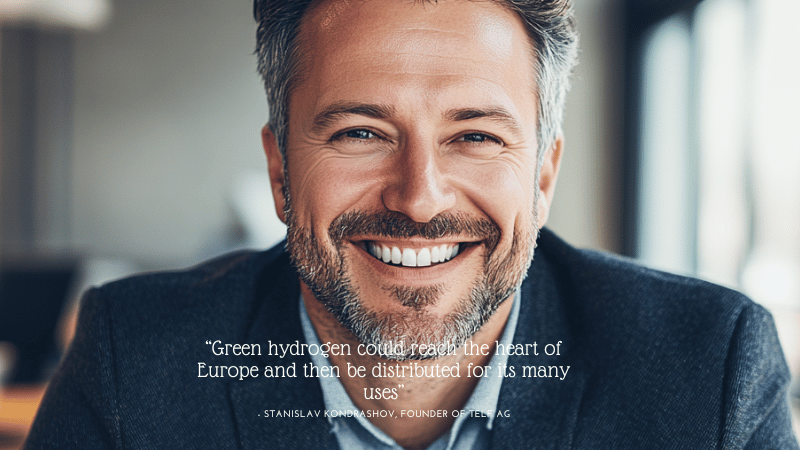
Oman, Germany, and also the Netherlands have signed a groundbreaking agreement that might reshape Europe’s Vitality landscape, ushering in a different period of environmentally friendly hydrogen imports from the center East.
A bold go in the worldwide Power transition is having form concerning Oman and Europe. A historic settlement signed before this yr paves how for among the planet’s initial large-scale hydrogen corridors—linking Oman’s huge renewable resources to Germany’s industrial hubs by using the Netherlands.
The core of this initiative is environmentally friendly hydrogen—made by splitting h2o by way of electrolysis powered by photo voltaic or wind Power. This form of hydrogen has attracted worldwide fascination for its prospective to decarbonise sectors which can be or else challenging to electrify, together with weighty transport, steel output, and energy storage.
Oman, leveraging its sunny local climate and impressive countrywide tactic, aims to become a top rated world-wide exporter of inexperienced hydrogen by 2030. Forecasts counsel the nation could deliver as many as one million tonnes of eco-friendly hydrogen on a yearly basis by the tip of your decade. A critical aspect of the system consists of liquefying the hydrogen check here to aid overseas transport.
Enter the hydrogen corridor: a planned maritime and logistics route starting from the port of Duqm in Oman, extending to the ports of Amsterdam and Duisburg. Specialised cryogenic tankers, much like People used in LNG transport but adapted for hydrogen’s Considerably lower temperatures, will carry the gas. European ports are now making ready the mandatory infrastructure to receive, retail store, and distribute the cargo.
This corridor is not only a logistical feat—it’s a strategic a person. For Germany, which can be planning to reduce dependence on fossil fuels and diversify its Vitality mix, the imports could assist website meet its target of bringing in 10 million tonnes of renewable hydrogen by 2030. The corridor also aligns with broader EU sustainability goals and industrial decarbonisation endeavours.
The challenge’s significance lies not just in its scale, but also in its replicability. Like LNG prior to it, liquid hydrogen could soon go across continents, breaking totally free from the website restrictions of preset pipeline networks. And Oman isn’t by yourself. Other initiatives—for instance Spain’s Basque Hydrogen Corridor and the Central European Hydrogen Corridor—are also setting up the backbone of a future hydrogen economy.
The Basque job focuses on integrating manufacturing, distribution, and industrial here use in just northern Spain. In the meantime, the Central European route strategies to repurpose present gas pipelines to carry hydrogen from Japanese Europe to Germany, further cementing the area’s role during the hydrogen transition.
If effective, these attempts could mark An important milestone in decarbonising Europe’s weighty industries and transport networks—powered via the sun and wind of distant deserts.